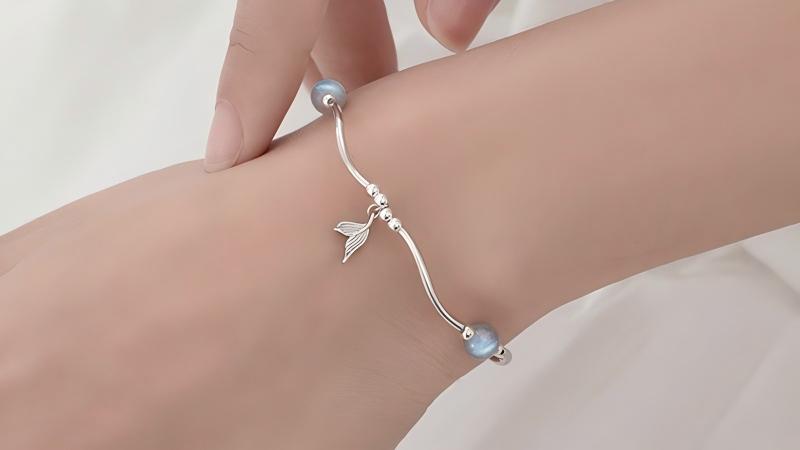
How to Identify Real Pearls, Jade, and Semi-Precious Gems: A Buyer’s Guide
Share
Shopping for fine jewelry is both exciting and meaningful—but it can also feel overwhelming when it comes to identifying whether your gems are genuine. At Koyace, we believe knowledge empowers buyers to invest in pieces that are not only beautiful but also valuable and lasting. This guide will walk you through how to identify real pearls, jade, and semi-precious gems, ensuring your jewelry choices are authentic and timeless.
How to Identify Real Pearls
Pearls are beloved for their natural luster and unique beauty. Unfortunately, imitation pearls are common in the market. Here’s how to tell them apart:
- Surface & Luster: Real pearls have a soft, luminous glow with subtle depth, while fake pearls often look too shiny or glass-like.
- Touch Test: When rubbed lightly against your teeth, real pearls feel gritty due to natural texture, while fakes feel smooth.
- Shape & Variation: Genuine pearls are rarely perfectly round. Slight irregularities in shape or surface are indicators of authenticity.
- Weight: Real pearls are usually heavier than plastic or resin imitations.
How to Identify Real Jade
Jade has been prized for centuries for its rich colors and symbolic meaning. However, jade is frequently dyed or imitated. Here’s what to look for:
- Color Depth: Natural jade has a deep, layered look to its color. Dyed jade tends to appear flat or too vivid.
- Temperature: Real jade feels cool to the touch and warms slowly in your hand, unlike glass imitations.
- Transparency: Genuine jade has a smooth, fibrous structure and some translucency when held up to light.
- Sound Test: Tap two pieces of real jade together—it creates a deep, resonant sound, while imitations sound dull.
How to Identify Semi-Precious Gems
Semi-precious stones like moonstone, tourmaline, garnet, and amethyst are loved for their colors and spiritual meanings. Here’s how to spot authenticity:
- Clarity & Inclusions: Real gemstones often have natural inclusions (tiny internal flaws) that make them unique, while synthetic stones are overly perfect.
- Hardness Test: Each gem has a different hardness level on the Mohs scale. For example, amethyst should scratch glass, while softer imitations will not.
- Weight & Density: Genuine gems are denser and feel heavier compared to glass or resin copies.
- Professional Certification: For high-value purchases, ask for a certificate of authenticity from a reputable gemological institute.
Why Authenticity Matters
Investing in authentic jewelry means more than just owning something beautiful. Real pearls, jade, and gemstones carry history, natural beauty, and long-lasting value. They’re also more sustainable choices, as high-quality jewelry is designed to last a lifetime and beyond.
At Koyace, we are committed to offering ethically sourced, authentic pearls and gemstones, so you can wear your jewelry with confidence—knowing it’s as real as your style.
Final Thoughts
Whether you’re shopping for your first pearl necklace, a meaningful jade pendant, or a collection of gemstone rings, knowing how to identify real gems is the first step in making a smart investment. With the right knowledge, you can build a jewelry collection that’s not only chic but also enduring.
